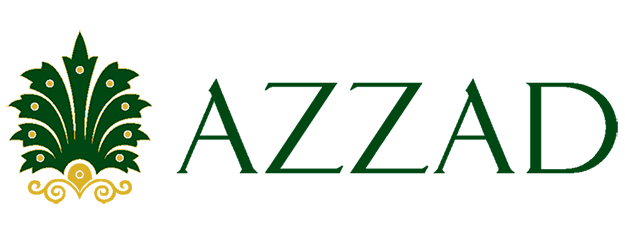As you prepare your tax returns, it’s easy to see why a retirement plan is one of the best tax deductions you can get. Contributions to a qualified plan can potentially get you a big tax break — as big as $53,000 with a defined contribution plan or even $100,000 or more with a pension plan.
If you’re an employer who sponsors a retirement plan, you don’t want to jeopardize the qualified status of your plan. Today, we are witnessing greater regulatory scrutiny of business retirement plans. Use this checklist to help you avoid some common deficiencies cited by the IRS and/or DOL in their most recent audits. If you need assistance or think you may need to make corrective measures, please contact your third party administrator (TPA) or your financial professional immediately.
Plan Disclosures and Documents
Do you maintain electronic copies of all your plan documents including your 5500 filings?
Best practice: Make sure to scan and electronically save every document you receive from your TPA. This will make responding to an auditor’s request list much easier. Of course, your TPA and/or adviser will be able to assist you, but do make sure you’ve signed and properly dated all your documents.
If you have a safe harbor 401(k), do you forward the safe harbor disclosure to your employees every year?
Best practice: Forward the disclosure to all employees regardless of eligibility and do so electronically.
Do you provide your employees with a copy of the plan’s SPD (summary plan description)?
Best practice: Forward the SPD to all employees when they are first hired regardless of eligibility and do so electronically.
Do you forward plan benefit statements to your participants every year?
Best practice: Forward each participant’s benefit statements electronically as soon as you receive them from your TPA.
Plan Contributions
Do you deposit your employees’ salary deferral contributions within 7 days after they are deducted from payroll?
Best practice: Late salary deferral deposits are one of the most common DOL deficiencies. They are also the easiest to avoid. Deposit deferrals at the same time payroll is paid and never place them in your company’s general assets.
Do you reconcile your bank statements to ensure that all plan contributions (including loan payments) have cleared your bank?
Best practice: Reconcile your bank statement regularly to ensure that the contributions were received by your financial institution.
Do you budget for mandatory safe harbor and employer contributions to ensure you’ll be able to deposit them on time?
Best practice: Employer contributions are due no later than the business tax return filing date. In addition, some employer contributions are mandatory so make sure to budget for these contributions throughout the year.
Company and Employee Census Information
Was your annual employee census information completed accurately and submitted to your TPA?
Best practice: Employers should be diligent about completing their employee census forms accurately. Review how your workers are paid (are they really 1099 contractors or should they be W-2 employees?). Make sure to identify any family connections and immediately alert your TPA to any other businesses you may own. Keep in mind that the TPA uses the employee census data to calculate contributions and distributions, and to conduct various IRS tests. It is one of the first documents an auditor will request.
Do you keep accurate payroll records and backup what you say on your census?
Best practice: Make sure you can prove what you state on your employee census. Maintain payroll records, and time sheets (if you pay your employees hourly). It’s also a good idea to maintain all your employee salary deferral agreements.
Have you alerted your TPA to any changes to your business such as a change of ownership, tax filing status, financial stress, etc.?
Best practice: Any material changes to your business (including your financial situation) should be communicated to your TPA. Keep in mind that your salary may impact how much retirement savings you can do (in a DC plan). Therefore, you’ll want to review any electronic funds transfers you’ve established to make sure you don’t over-contribute to your plan.
ERISA Fidelity Bond
Do you have an ERISA Fidelity Bond?
Best practice: Each person who handles funds for a qualified retirement plan is required to be bonded. This generally includes employers who sponsor a plan and their investment advisers. This is a specific type of bond so do not confuse it with other professional bonds.
Have you renewed your bond?
Best practice: You should save and maintain a recent copy of your plan’s ERISA Bond certificate. It is one of the first items a regulator will request.
Did you increase your bond value when your plan increased its assets?
Best practice: Your plan must be bonded for an amount equal to at least 10% of plan assets or a minimum of $1,000 unless covered under an exemption under ERISA. A common practice is to have your agent include an automatic rider thus increasing the bond as plan assets increase or you must regularly check that your bond is enough for your plan assets.



